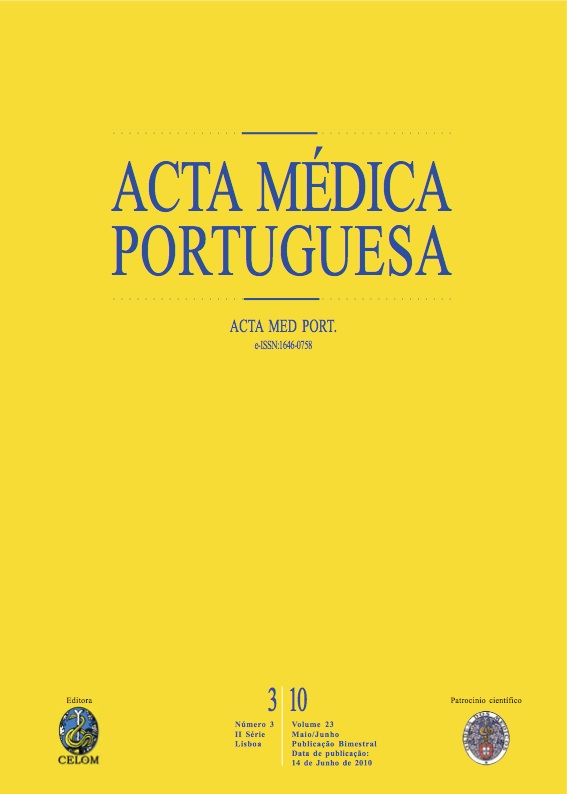Dor fetal - mecanismos neurobiológicos e consequências.
DOI:
https://doi.org/10.20344/amp.637Resumo
The existence of putatively painful situations to the fetus demands a careful evaluation of the issue of fetal pain. Several indirect approaches are used to evaluate the existence of fetal pain. Neurobiological studies showed that from the 30th week on, the anatomical and physiological system for pain transmission is already developed, with the connections from the periphery to the cortex being successively established. Stress responses to a painful stimulation are complex but they can be detected from the 16th week on. There is activation of the hypothalamus-pituitary-adrenal axis, autonomic nervous system and hemodynamic changes in response to nociceptive stimulation. In prematures exposed to pain there are significant increases of adrenaline, noradrenaline and cortisol, hemodynamic changes, motor reflexes and facial reactions. The changes induced by strong nociceptive stimulation of newborns have important postnatal consequences since they affect future reactions to noxious stimuli. Central sensitization and immaturity of the pain inhibitory system are the main neurobiological explanations for the increased pain. Detailed studies of the neurobiological mechanisms of the transmission of painful stimuli along with follow-up studies of the consequences of exposure to pain during the development of the fetus are necessary to fully understand fetal pain.Downloads
Downloads
Como Citar
Edição
Secção
Licença
Todos os artigos publicados na AMP são de acesso aberto e cumprem os requisitos das agências de financiamento ou instituições académicas. Relativamente à utilização por terceiros a AMP rege-se pelos termos da licença Creative Commons ‘Atribuição – Uso Não-Comercial – (CC-BY-NC)’.
É da responsabilidade do autor obter permissão para reproduzir figuras, tabelas, etc., de outras publicações. Após a aceitação de um artigo, os autores serão convidados a preencher uma “Declaração de Responsabilidade Autoral e Partilha de Direitos de Autor “(http://www.actamedicaportuguesa.com/info/AMP-NormasPublicacao.pdf) e a “Declaração de Potenciais Conflitos de Interesse” (http://www.icmje.org/conflicts-of-interest) do ICMJE. Será enviado um e-mail ao autor correspondente, confirmando a receção do manuscrito.
Após a publicação, os autores ficam autorizados a disponibilizar os seus artigos em repositórios das suas instituições de origem, desde que mencionem sempre onde foram publicados e de acordo com a licença Creative Commons









